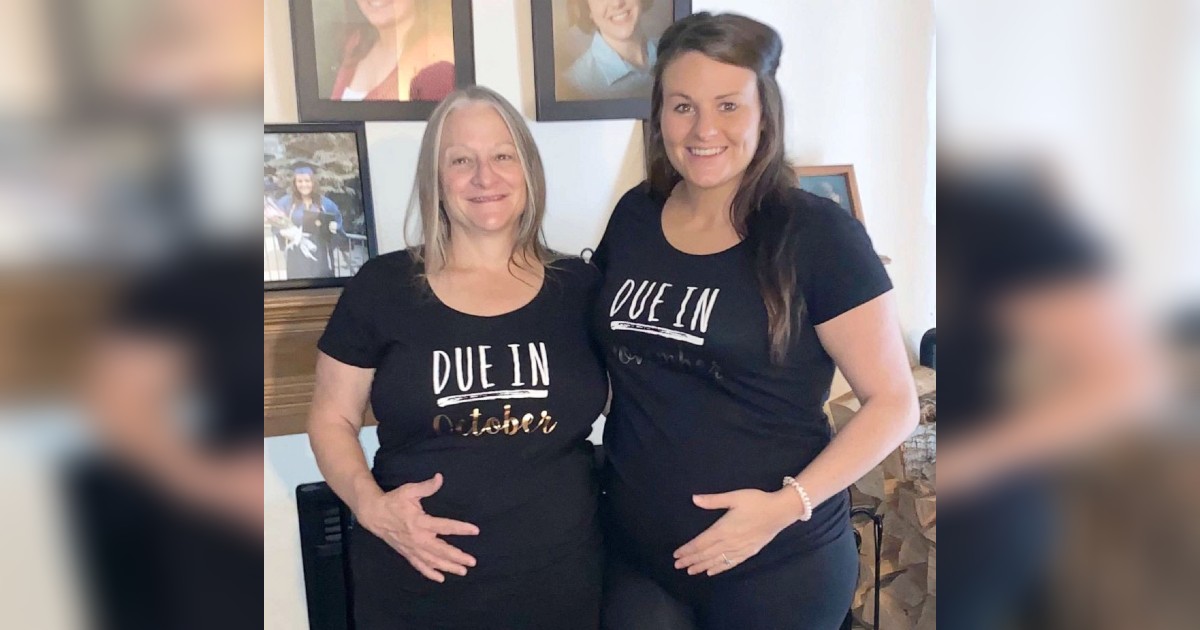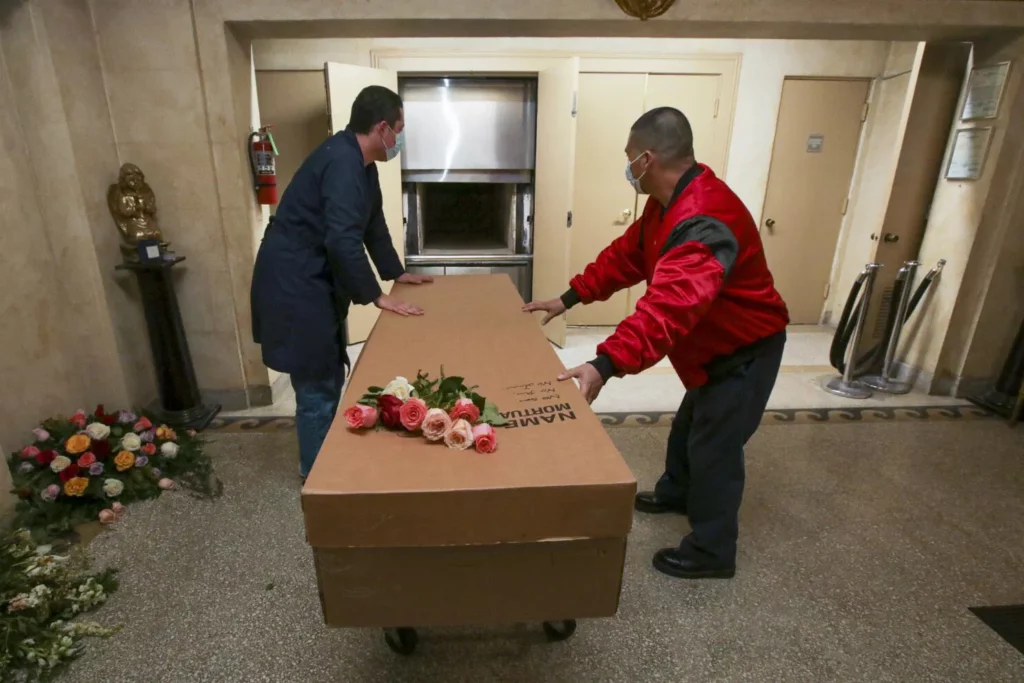Angelina Jolie’s acting career has been an impressive one to say the least, but besides being a Hollywood diva, she’s also a devoted mother of six, humanitarian, and outspoken advocate for women’s health.
However, behind Jolie’s strength is a deep personal loss that has shaped much of her life. Her mother, Marcheline Bertrand, died in 2007 after battling breast and ovarian cancer, and the impact of that loss still echoes through Jolie’s choices, her activism, and even her work as an actress.
Jolie’s mother and father, actor Jon Voight, had met in Los Angeles, as Marcheline was pursuing her own acting career. They welcomed Jolie and her brother James, but divorced when Jolie was just three years old. Marcheline raised the children by herself, and their relationship was a strong one.
This September at the Toronto International Film Festival, Jolie grew emotional while remembering her mother during a Q&A for her new film Couture. A member of the audience, who had recently lost a friend to cancer, asked Jolie and her co-stars what message of hope they would offer someone dealing with grief.
Listening to the question, Jolie chocked on tears but tried to compose herself before saying, “I’m very sorry for your loss.”
She then continued, “I think I will say that one thing I remember my mother saying when she had cancer, she said to me once, we had had a dinner and people were asking her how she was feeling and she said, ‘All anybody ever asks me about is cancer.’
“So I would say, if you know someone who is going through something, ask them about everything else in their life as well, you know? They’re a whole person and they’re still living,” she added.
Back in 2008, a year after her mother’s passing, Jolie told Vanity Fair, “When [my mother] passed, I realized that somebody who lives life with that kind of dedication to their family is the most noble.
“In her passing she reminded me what matters. And what’s most fun — to put yourself aside for these other little people you’re raising.”

Jolie has spent years using her platform to support cancer research, raising money, spreading awareness, and making personal medical choices to minimize the risk of being diagnosed with breast cancer herself.
In 2013, she underwent a preventative mastectomy, which started the “Angelina Effect,” explaining she made the choice after learning she had a “faulty” gene called BRCA1 that gave her an 87 percent risk of developing breast cancer.
“I am writing about it now because I hope that other women can benefit from my experience. Cancer is still a word that strikes fear into people’s hearts, producing a deep sense of powerlessness. But today it is possible to find out through a blood test whether you are highly susceptible to breast and ovarian cancer, and then take action,” Jolie wrote in the op-ed posted in The New York Times, adding that she “wanted to write this to tell other women that the decision to have a mastectomy was not easy.”

The procedure lowered the risk of developing breast cancer to 5 percent.
“I can tell my children that they don’t need to fear they will lose me to breast cancer,” Jolie wrote, hoping that her own experience would raise awareness.
“For any woman reading this, I hope it helps you to know you have options. I want to encourage every woman, especially if you have a family history of breast or ovarian cancer, to seek out the information and medical experts who can help you through this aspect of your life, and to make your own informed choices.”
Speaking of the effect Jolie had on other women who followed her example, plastic surgeon Dr. Jay Orringer said: “I have personally seen women whose lives were likely saved as a result of the public awareness that has resulted from the ‘Angelina Jolie effect.’”
Please SHARE this article with your family and friends on Facebook.
Bored Daddy
Love and Peace











































